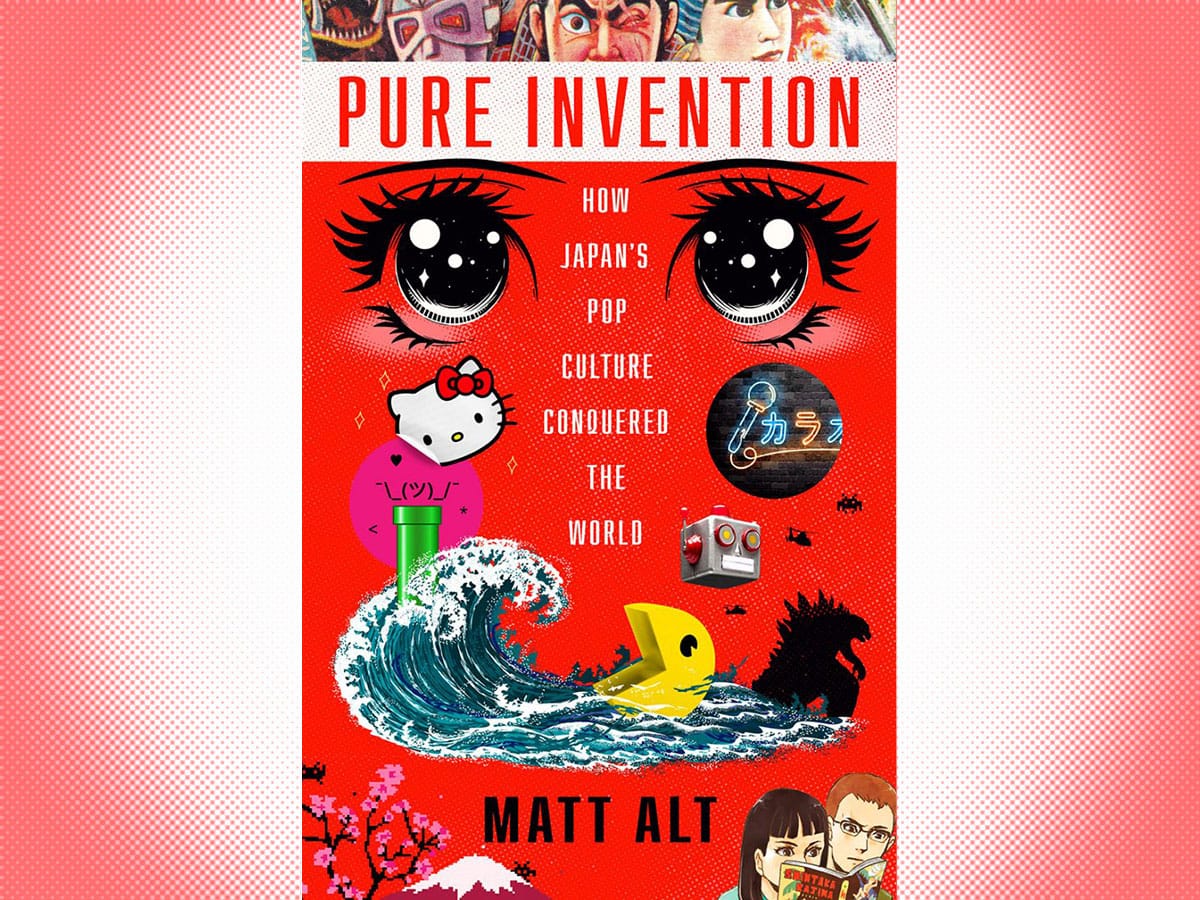
Source: © JAPAN Forward | © Matt Alt
‘The World’s Tastes Have Turned Japanese,’ Says Pop Culture Guru Matt Alt
- Tags:
- Book / Interview / Japanese pop culture / Matt Alt / Pure Invention
Related Article
-

Nao Matsushita exclusive interview from “Alive: Dr. Kokoro, The Medical Oncologist”
-

EXCLUSIVE INTERVIEW: “Absolute Zero 4” Special Talk: Ikki Sawamura, You Yokoyama & Tsubasa Honda
-

Interview With Hugtto! Precure Producer Keisuke Naito: Part 1
-

Interview With Horipro International CEO Yoshitaka Hori (Part 1): Founding Motives
-

Interview with The Anime Man: On Voice Acting in Pop Team Epic and More
-

“Are You Happy?” Japan’s Younger Generation Revealed What They Had To Say


Arielle Busetto, JAPAN Forward
Matt Alt has lived and worked in Japan since 2003. With the insight and expertise learned on the floors of companies otherwise inaccessible to the regular consumer, Alt recently put together a fun tale of how pop-culture items changed the way we perceive and think of the world. His book, Pure Invention: How Japan’s Pop Culture Conquered the World (Crown Publishing, 2020), was released in June this year.
JAPAN Forward sat down with Alt on October 26 in Tokyo to discuss pop-culture, COVID-19, soft power and the future of Japan’s video game industry. In this second part, we delve a little deeper into his new book, the trends that can be drawn from it, and why knowing about Japanese pop culture is important to understanding today’s world.
Cover of "Pure Invention: How Japan's Pop Culture Conquered the World", by Matt Alt | © JAPAN Forward / © Matt Alt
In your book you map out criteria for how you choose objects of pop culture. How did you narrow them down?
There are so many cool things from Japan, but the lens of the book focuses on products we bought because we wanted to, not because we needed to. They nourished fantasies and transformed realities. In their histories is written a roadmap of how we got to today, and by extension a guide for navigating the turbulence of the 21st century.
Japan made itself rich by selling the world everything it needed, like washing machines, computers, and cars, but those actually created a lot of friction globally as they disrupted local marketplaces. The way that Japan got loved was through things you don’t need at all, but you buy in spite of it, because you can’t help yourself. It scratches an itch you didn’t even know you have.
Generation X were the first ones to say, “We don’t care about the cars and appliances, but we sure like these robots and video games, these Sailor Moon cartoons and Hello Kitty products.”
Left: Tamagochi, Property of © Bandai | Right: Before Hello Kitty, there was just Hello: the seminal petit purse. Property of © Sanrio
For us, Japan was never an enemy or a rival. There was never any friction. The only friction was how long it would take to save up our allowance to get the next Nintendo, Tamagochi, or whatever it was. That was a really startling transformation for any nation, and it’s hard to imagine other countries doing the same.
I picked things that transformed us as we consumed them. It wasn’t enough that something was merely a huge hit. There are plenty of huge hits that disappear without a trace afterwards, like pet rocks or the pogo stick. It was important that the product changed people’s minds about their image of Japan, or changed the way we lived our lives, and often both at once.
When you see pictures of Hillary Clinton playing a Game Boy on Air Force One, it starts to hit you how deeply Japanese fantasy-delivery devices penetrated the Western fantasy sphere.
(...)
Written by Japan ForwardThe continuation of this article can be read on the "Japan Forward" site.
[Bookmark] ‘The World’s Tastes Have Turned Japanese,’ Says Pop Culture Guru Matt Alt